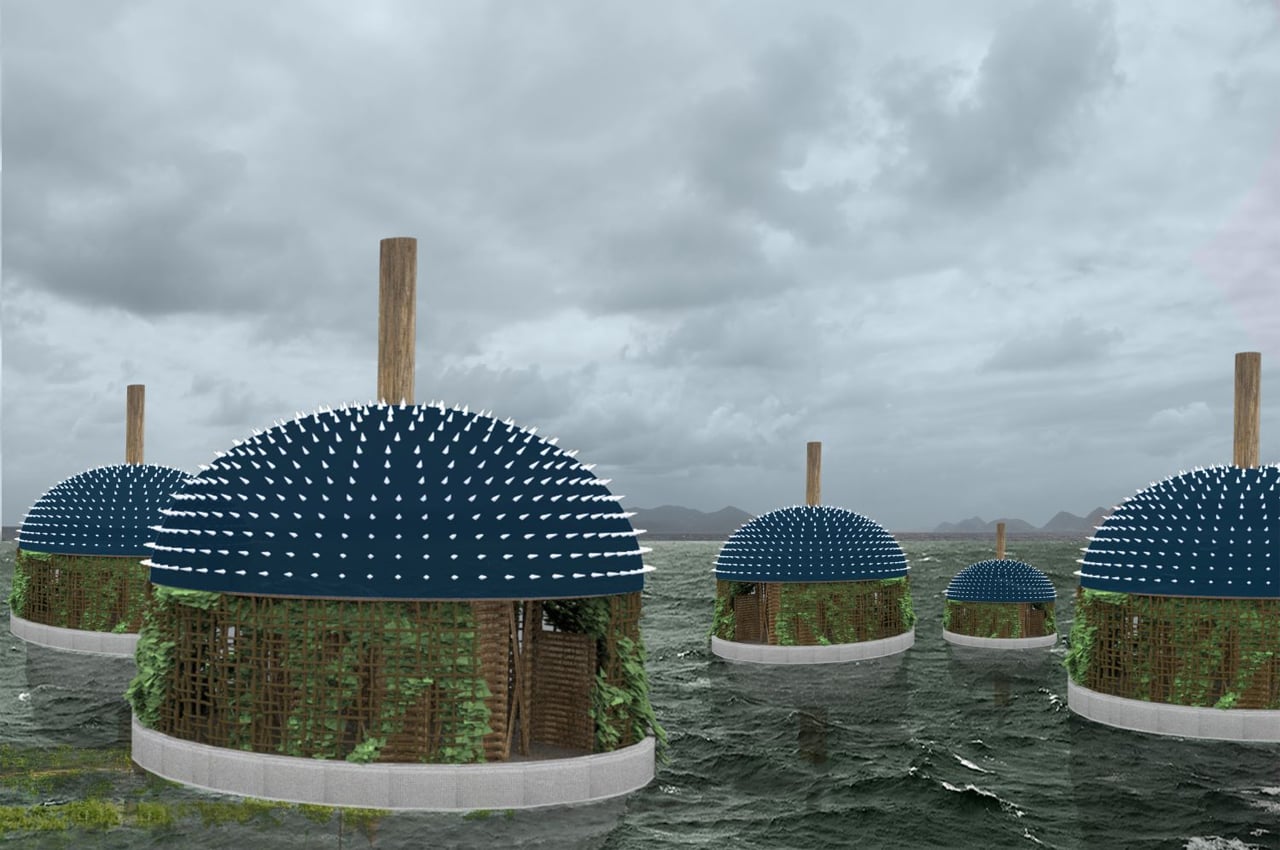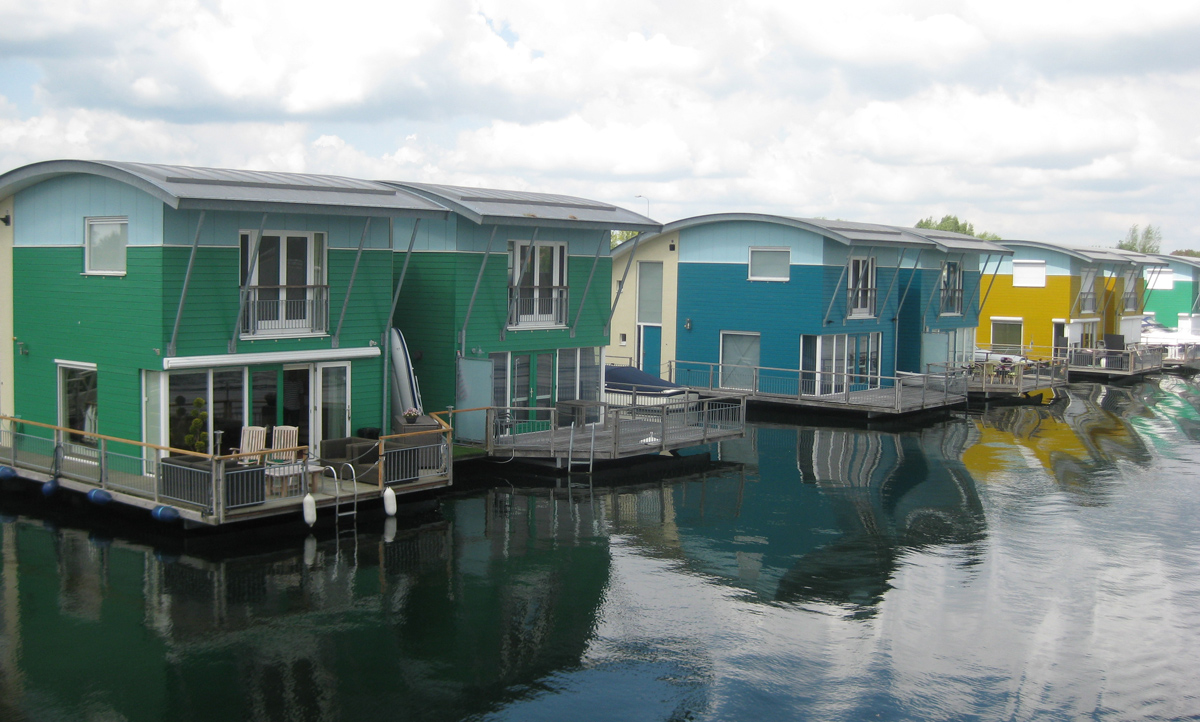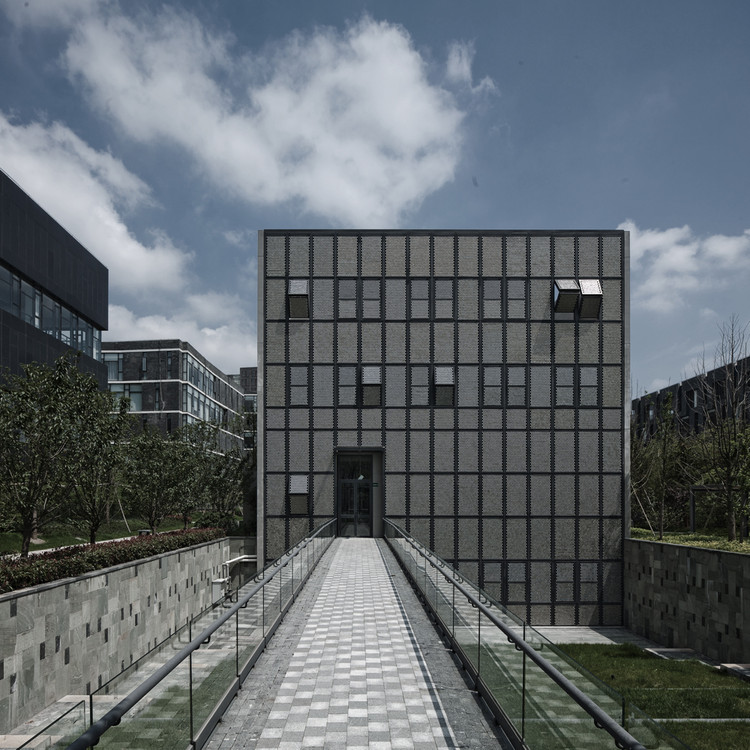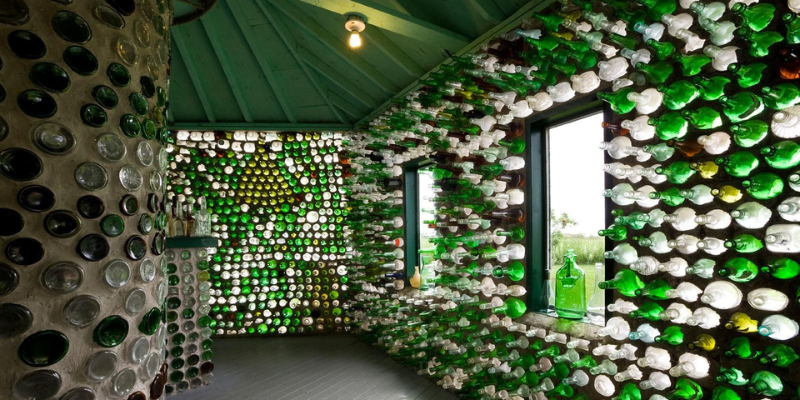Architects are essential in the fight against climate change because they design and implement climate-responsive techniques, new materials, and energy-efficient structures. Adaptations including green building, coastal fortifications, and flood-resistant techniques are required due to rising temperatures. Architects emphasize efficiency to cut down on energy use in chilly climates. Concurrently, there is a global movement in design toward the recycling of materials for environmentally friendly construction projects.
Role of Architects in Response to Climate Change
Architects play a crucial part in developing energy-efficient buildings that reduce carbon emissions and energy costs in the fight against climate change. This means integrating low-embodied energy-sustainable materials with energy-efficient technologies like geothermal and solar panels. It is imperative that designers use climate-responsive design, which means accounting for local temperatures and utilizing strategies such as passive solar design in colder regions or shade and ventilation in warmer regions.

In order to combat climate change, net-zero buildings—those that produce as much energy as they consume—are an essential initial step. To achieve net zero, one must install efficient technologies, rely on renewable energy sources, and plan carefully. Climate change is the collective term for long-term changes in temperature and weather patterns that result from both natural and man-made sources. Architects must adapt to the direct and indirect consequences of climate change on architecture and design.
Specifically, architects must take into account the harsher weather patterns that are occurring, incorporating hurricane-resistant techniques in coastal areas and strengthening flood prevention strategies like raised ground floors or breakaway walls. Hurricanes, floods, and storms are among the more common and severe weather phenomena that are indirectly caused by climate change on a worldwide scale. The proactive reaction of architects entails not only tackling these pressing issues but also making contributions to a resilient and sustainable built environment in order to lessen the wider effects of climate change on ecosystems and societies.
Steps to Combat Climate Change in Architecture
Given below are some steps that may be used to combat climate change through architecture:
1. Climate-Responsive Building Designs:

As a result of climate change brought on by human activity, rising temperatures force engineers and architects to create new and innovative designs. These designs take climate change into account and include elements that improve a building’s stability. Modified precipitation patterns and more intense weather events are taken into account in climate-responsive designs to make sure buildings can endure the changing environmental challenges.
2. Adapting to Rising Sea Levels:

Strategic measures are required in light of the threat posed by storm frequency increases and rising sea levels. It becomes essential to use green building techniques, such as sustainable materials and technologies. Stunted coastal buildings give protection from flooding, whereas seafloor-anchored floating structures offer resilience. The purpose of these adaptations is to shield buildings from the effects of storm surges and sea level rise brought on by climate change.
3. Water-Resistant Strategies:

Raised electrical systems, waterproof veneer, and flood-resistant materials combine to create a full defense against water damage. These precautions are meant to protect infrastructure and buildings from extreme flooding caused by shifting precipitation patterns. Architects and engineers limit the risks caused by intense and persistent rains by elevating key systems and using water-resistant materials, thereby maintaining the structural integrity of buildings.
4. Efficiency Measures in Cold Regions:
Energy-efficient techniques become essential in colder places where climate change is increasing humidity and snowfall. Smart thermostats and energy-efficient window installations are used to minimize energy usage and greenhouse gas emissions while lessening the strain on heating systems. By preserving energy, adjusting to shifting weather patterns, and guaranteeing that buildings maintain their environmental responsibility in colder climates, these approaches support sustainability initiatives.
Recycled Material Projects in Architecture
Given below are some of the housing projects created by using recycled and sustainable materials:
1. The Zig-Zag House, United States

The Zig-Zag House’s environmentally friendly design makes it a distinctive architectural structure. A wall decorated with repurposed polycarbonate skin demonstrates the dedication to environmental conservation. The materials utilized are medium-density fiberboard, aluminum windows, perforated metal railings, birch cabinetry, polycarbonate glass, etc. The use of recycled materials gives the house a symbol of creative and sustainable design while also adding an aesthetic element and adhering to environmental conscience.
2. House of Mixed Hues, Mumbai

The House of Mixed Hues in Mumbai is notable for its inventive utilization of materials from previously destroyed buildings. Repurposed from antique houses, doors, and windows take on new life that embodies history and reuse. A monument to the reuse of materials, the courtyard, decorated with debris from stone cutting yards, provides character to the architecture.
3. Wheel Story House, Ghana

Ghana’s Wheel Story House is a wonderful example of how history and sustainability can coexist peacefully. It’s one of the first recycled homes in West Africa, with walls made of paving stones, shattered tiles, and wooden logs, as well as reused timber. In addition to showcasing the possibilities for recycling and reusing in building construction, the innovative use of materials protects the region’s legacy and adds to the architectural landscape’s cultural richness and sustainability.
4. Recycled Materials Cottage, Chile

The Recycled Materials Cottage serves as an example of Chile’s Recycled Material Projects, which are dedicated to using sustainable building techniques. The cottage features items such as an old patio and steel pieces, all collected from demolished sites in the neighboring areas. By minimizing waste and repurposing rejected materials into a fresh architectural story, this method encourages environmental responsibility in Chile’s building sector.
5. Can Cube, Shanghai, China

The Can Cube is a symbol of eco-friendly and inventive building in Shanghai. Built completely out of recycled tin cans and fully coated in aluminum, the structure is both visually striking and very true to its name. Recycled materials were used because they support sustainability objectives and demonstrate China’s dedication to innovative and ecologically friendly architectural solutions. As a result, the Can Cube is a representation of modern, resource-conscious design.
References:
- DJB- The Impact Of Climate Change On Modern Architecture And Design
- Construction21- The Impact of Climate Change on Building Design
Read Also:
From “Green” to “Sustainable”: Understanding the Past and Present of Ecological Design






